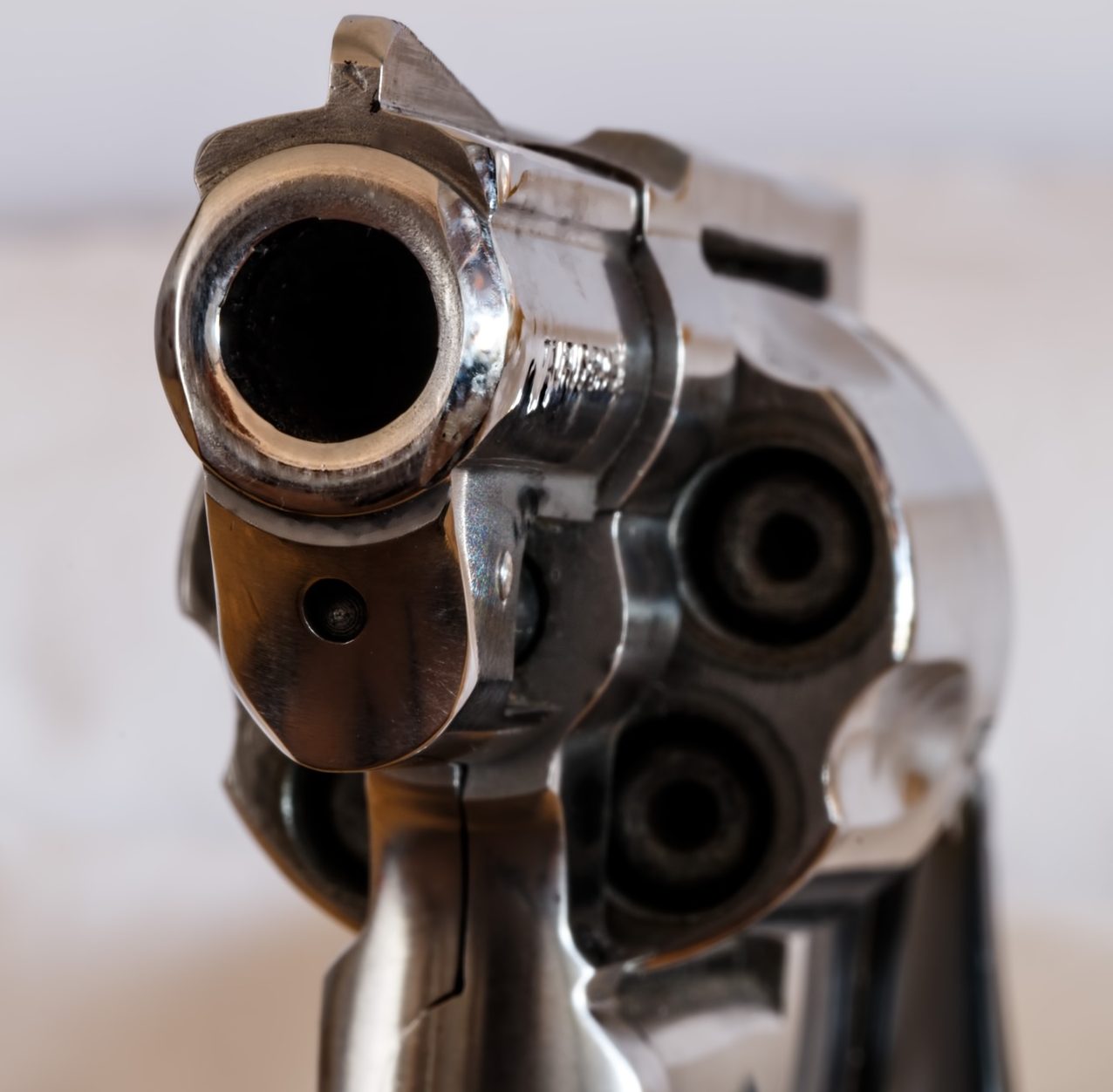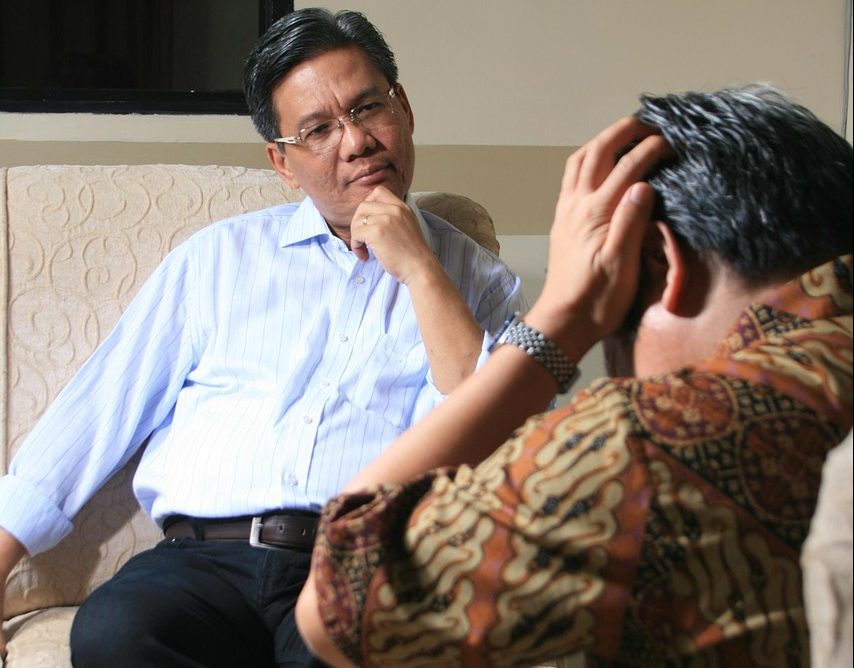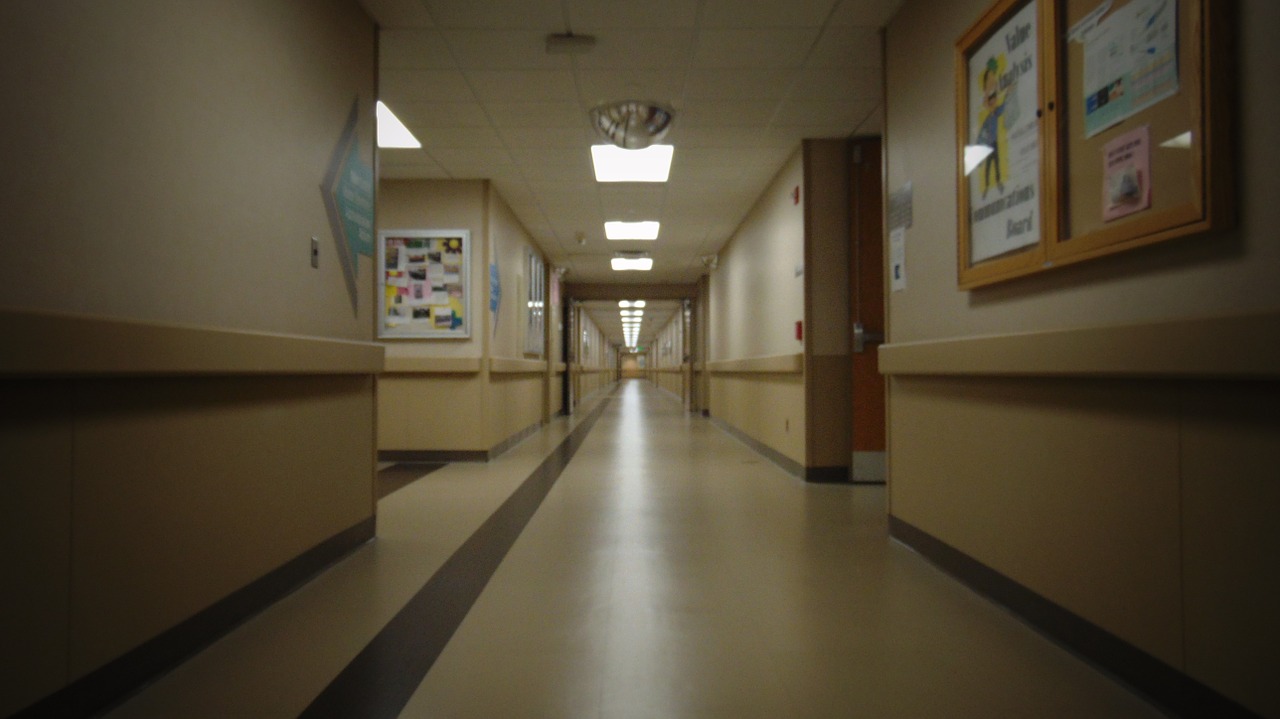Do No Harm is the well known Hippocratic mantra that is synonymous with the fundamental ethical way physicians practice medicine. This pledge is the ideal belief that most thoughtful, responsible doctors adopt as they build their career. Is there a circumstance when the doctor is permitted to violate this oath? What happens when a physician is so concerned with her well-being and safety, that she decides to carry a gun to work, which she purchased from a gun shop.
 PHOTO CREDIT: Pexels
PHOTO CREDIT: Pexels
This is exactly what happened on July 24 2014, in a surrounding suburb of Philadelphia. Dr. Lee Silverman was so frightened for his life that he risked his calling as a doctor and went against his oath as a physician and shot a patient in his office at the hospital where he works. By carrying this gun the physician is not only potentially violating her professional oath but is definitely violating the regulations of the hospital where she works.
It is hard to miss the news accounts of the countless events of officers misusing their authority and harming unarmed victims causing either senseless deaths or serious injury. Some of these tragic occurrences are surrounded by racial profiling that can take place when the gun carrier misinterprets a potential threat due to the race of the perpetrator.
The notion that a person can be labeled a possible threat just by race is an outcome of ongoing structural racism, and stereotypical imagery being portrayed in the media or in films. This tendency is challenging in a profession where society looks for protection from these professionals and are expected to uphold a high code of conduct. In any profession that maintains such high standards, there is a greater the risk for failure. No one has the capability to never make mistakes and when an individual is faced with reactionary decisions, these mistakes may have lasting effects.
Physicians and officers are faced with countless decisions within a day and some are impulsive choices made under highly volatile circumstances. These extreme events, that can have career changing consequences, are often managed by outsiders trying to provide damage control. What is rarely discussed or acknowledged in these highly charged cases is the gray area of these tragic events. The moment where it is a split second to decide between my life or yours. In these few seconds, the person with the gun is either labeled a hero or a villain.
Dr. Silverman is a psychiatrist who worked at Sister Marie Lenahan Wellness Center, which is part of the Mercy Fitzgerald Hospital in Darby, Pennsylvania. At around 2:15 PM that day, gunfire rang through the physician’s office, killing a social worker and injuring both Dr. Silverman and a patient named Richard Plotts. Mr. Plotts had a longstanding mental health history, which is the reason he was seeing Dr. Silverman.
There are certain medical professions that have an inherent minor risk factor such as emergency medicine, internists, oncologists, palliative care, critical care, and psychiatrists when treating patients. In the field of medicine, there is an assumption that the obvious risk factors are acquiring a disease through an accidental puncher of an infected needle or the profound emotional toll caring for patients with fatal illnesses. The idea of being in constant fear of one’s life is not a common sensation among physicians. Or is it?
Related Article: “COUNTING GUN ATTACKS LIKE HEART ATTACKS”
In the field of psychiatry, physicians are caring for patients with varying levels of mental disorders. In the Sandy Hook shooting, Adam Lanza was diagnosed with several mental health disorders and was not compliant with treatment. What may escape some individuals, is patients with mental health illnesses who seek treatment are under the care of a physician. There is no absolute way to ensure that the patient is under complete control of his or her actions and there is no way of controlling the patient’s poor choices due to his or her illness. However, due to insurance restrictions, the patient may not have access to the much-needed care to protect himself or herself, the treatment team, or the public at large. If the patient is not willing to seek care and stay diligent with medication requirements, there is no way to enforce them to comply. There are limitations on when and how psychiatrists are allowed to hospitalize a patient.
When a patient falls into this gray area of medicine and the physician fears that their patient might harm them, how should a doctor proceed?
PHOTO CREDIT: Pixabay
That day, Mr. Plotts decided to enter the hospital where security was present throughout the halls. There were no metal detectors and no body pat down was conducted upon arrival at his appointment, leaving the patients around him vulnerable and exposed to harm. By the time he entered Dr. Silverman’s waiting room, Mr. Potts held a social worker at gunpoint. He then proceeded to enter Dr. Silverman’s examine room and once in the room, Mr. Plotts shot and killed the social worker. During these few seconds of assessing the impossible situation, Dr. Silverman had to make a decision, as no unarmed security guards were located near the office. He had to make a reactionary choice and harm his patient with a gun. In that moment, Dr. Silverman protected himself the best way he knew how. He must live with the knowledge that he seriously injured a patient that sought his help. Dr. Silverman is deemed a hero because he prevented a mentally ill man from shooting other patients. Could this have gone another way, where Dr. Silverman turned out to be the villain?
Since then, the hospital upgraded their security by hiring the top security company.
Dr. Silverman made a conscious decision to bring a gun into a work environment that treated patients with mental illness. If one of his other patients were to locate his weapon unbeknownst to him, would his reasoning for carrying a gun to work still be justified? His choice of bringing a gun into his practice that cares for mentally ill patients could have harmed innocent patients and possibly many others in the hospital. In those split seconds, Dr. Silverman used his deadly weapon to stop an armed, mentally ill patient from harming others. Why did Dr. Silverman have to resort to such extreme measures to protect his life? Why did he not feel “safe” to share his concerns with his superiors at the hospital about his fears? And if he did share his concerns with hospital administration, why was nothing done?
PHOTO CREDIT: Pixabay
No one can honestly say what they would do in those split seconds when they feel their life is in danger. There is a certain knee jerk reaction that can occur within these moments that can have irreversible consequences. Many law enforcement professionals are trained to survive through the myriad of life-threatening circumstances they face on a daily basis.
Rather than framing the onset of the rampage massacres and racial profiling shootings as a need for gun control, a possible suggestion is providing professionals in life threatening professions with better support and training. As in medicine, as well as in law enforcement, there is a certain expectation to be superhuman. These professionals are supposed to assess every situation correctly and come out as heroes, not villains. Dr. Silverman had a family he is supporting, patients that needed care and he still went to work every day knowing he was in possible danger. He shot Mr. Plotts to disarm him, not to kill him. Physicians have an obligation to patients to care for them regardless of ailment as do officers have a duty to protect citizens regardless of race. The obvious distinction in Dr. Silverman’s case is Mr. Plotts was clearly carrying a gun, the threat was apparent. This clear distinction is not always the case.
Dr. Silverman’s need to carry a gun was a symptom of a bigger issue. It is expected for physicians to never show weakness and to solve problems on their own. The problem with this thought process is that a physician violated his sacred oath because he felt he did not have another choice. If we want our most revered professionals to thrive in our society and limit deadly errors, we must provide them with the skill set, support, and environment to succeed.
Recommended Reading: “THE MANY SIDES OF PRIMARY CARE”
—













